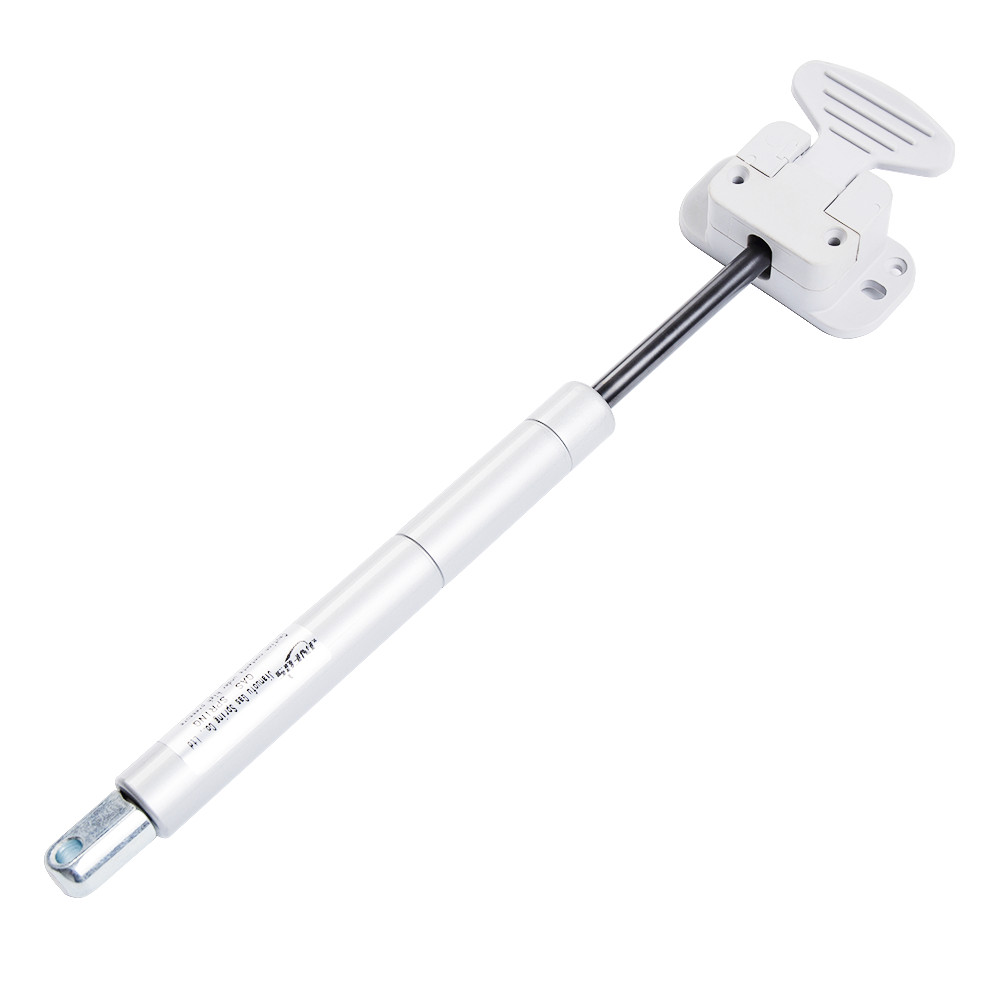Choosing the right lockable gas spring requires comprehensive consideration of the specific needs, working conditions and technical parameters of the application scenario. The following is a detailed analysis of how to choose the right product from multiple perspectives:
1. Clarify the application scenario and functional requirements
First, it is necessary to clarify what equipment or system the gas spring will be used in and determine its main functions:
Support and positioning: Is it necessary to lock in a specific position? For example, the lifting and adjustment of medical beds and the fixed position of industrial robot arms.
Load capacity: What is the weight range that needs to be supported? Are dynamic loads (such as vibration or impact) involved?
Motion mode: Is it unidirectional or bidirectional? Does it need to be locked/unlocked frequently or used occasionally?
Example scenario analysis
Medical equipment (such as operating tables, dental chairs): requires high-precision, low-noise, and hygienic gas springs.
Industrial equipment (such as lifting platforms, tooling fixtures): requires high load capacity, strong durability, and adaptability to harsh environments.
Automotive applications (such as tailgates, hood supports): requires lightweight design and high and low temperature resistance.
2. Determine key technical parameters
Choosing the right gas spring technical parameters based on the application scenario is a core step. Here are some key parameters and their impact:
(1) Locking force and unlocking force
Locking force: The maximum load that a gas spring can withstand in a locked state. It is necessary to ensure that the locking force is greater than the actual working load to avoid accidental sliding.
Unlocking force: The amount of external force required to unlock the gas spring. Too much unlocking force will affect the convenience of operation, while too little may cause false triggering.
(2) Stroke length
The stroke of a gas spring determines its working range. When selecting, ensure that the stroke meets the maximum displacement requirements of the equipment while leaving a certain margin to prevent over-stretching.
(3) Working pressure
The working pressure directly affects the load capacity and response speed of the gas spring. High-pressure gas springs are suitable for heavy-duty applications, but may require a higher unlocking force.
(4) Diameter and size
The diameter and overall size of the gas spring should match the installation space. The larger the diameter, the greater the load capacity, but also the heavier it is.
(5) Damping characteristics
If smooth motion control (such as slow descent) is required, a gas spring with damping function can be selected.
3. Consider the impact of the working environment
Different working environments have different requirements for the material, sealing and durability of gas springs:
(1) Temperature range
High temperature environment (such as in the engine compartment): It is necessary to select high temperature resistant sealing materials (such as fluororubber) and gas media (such as nitrogen).
Low temperature environment (such as cold storage equipment): It is necessary to ensure that the gas spring can still work normally at low temperatures to avoid the seal from hardening and causing leakage.
(2) Humidity and corrosion
In high humidity or corrosive environments (such as marine engineering and chemical plants), it is necessary to select corrosion-resistant shell materials (such as stainless steel) and anti-rust coatings.
(3) Vibration and shock
If the equipment is often subjected to vibration or shock (such as construction machinery and transport vehicles), it is necessary to select a high-strength shell and a reliable locking mechanism.
4. Selection of materials and surface treatment
The material and surface treatment of the gas spring directly affect its performance and life:
Shell material: Ordinary carbon steel is suitable for general environments, and stainless steel is suitable for corrosive environments.
Seal material: Fluororubber (FKM) is suitable for high temperature or chemical corrosion environment, and nitrile rubber (NBR) is suitable for normal temperature environment.
Surface treatment: Nickel plating, zinc plating or spray anti-corrosion coating can improve corrosion resistance.
Through a scientific selection process, it can be ensured that the selected gas spring achieves the best balance between performance, reliability and economy.


 English
English русский
русский











